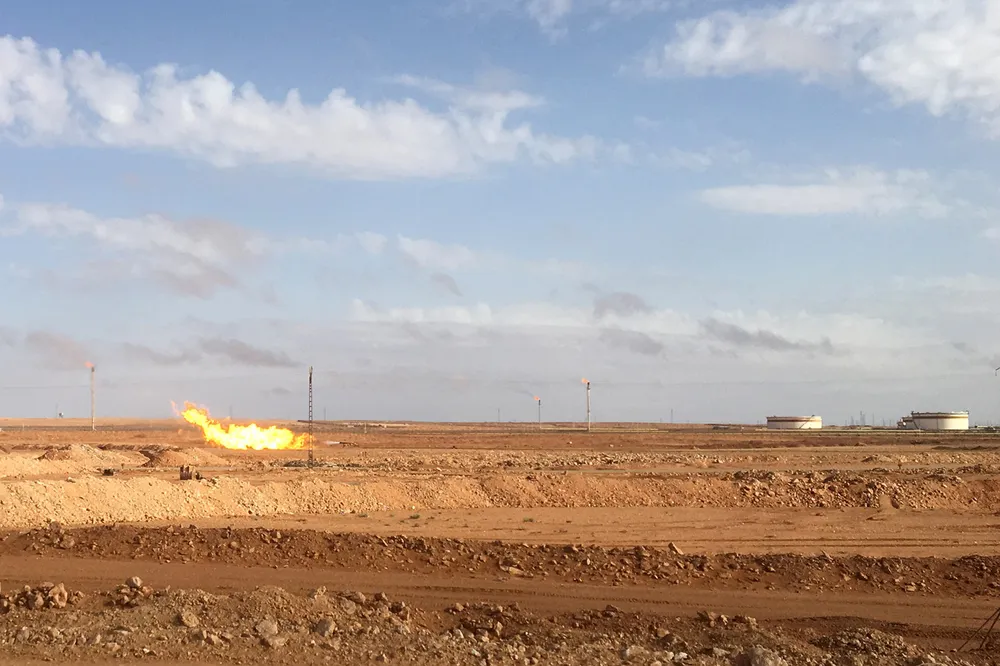New study highlights ‘worrisome’ rise in global methane emissions
Researchers raise concern over increase in potent greenhouse gas from oil and gas basins just months after nations pledged reductions

Researchers raise concern over increase in potent greenhouse gas from oil and gas basins just months after nations pledged reductions
